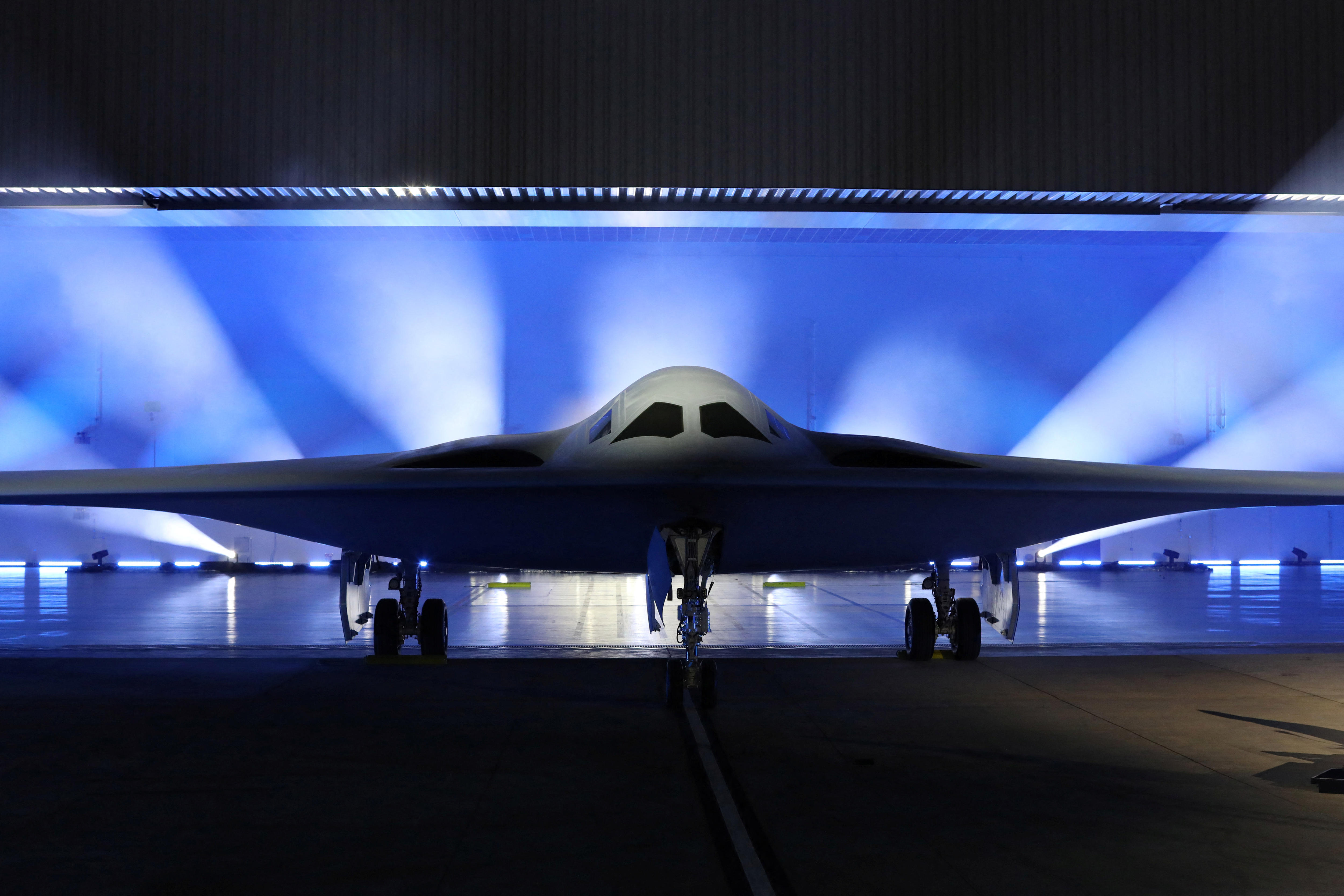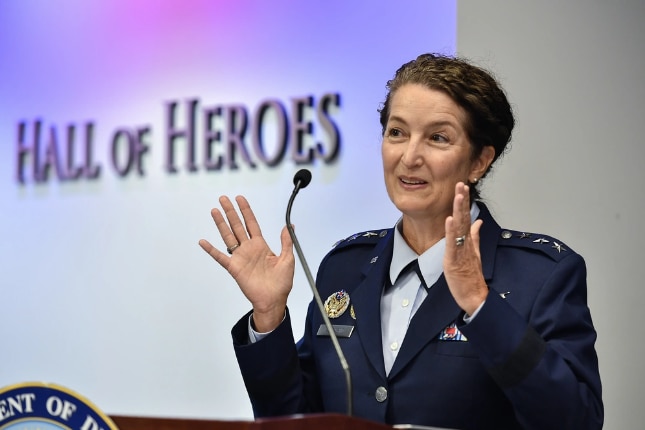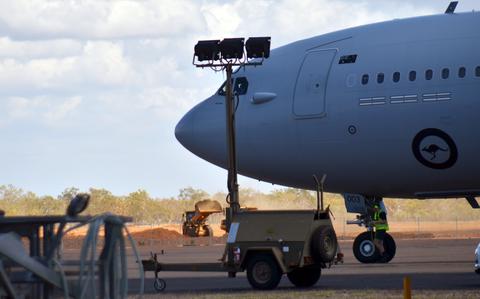
"We'll also continue to find ways to further integrate our defence industrial bases in the years ahead."

"We'll also continue to find ways to further integrate our defence industrial bases in the years ahead."

Australia's own Defence Space Command was only formally stood up in March, but General Armagno says this country already has the natural advantage of its southern-hemisphere geography and potential launch sites close to the equator.

The Australian government will likely announce more initiatives in the northern Australia before the year is over, Babbage said.

Song Zhongping, a Chinese military expert and TV commentator, said if Australia obtains the B-21, the country would essentially become an overseas bomber base of the US,